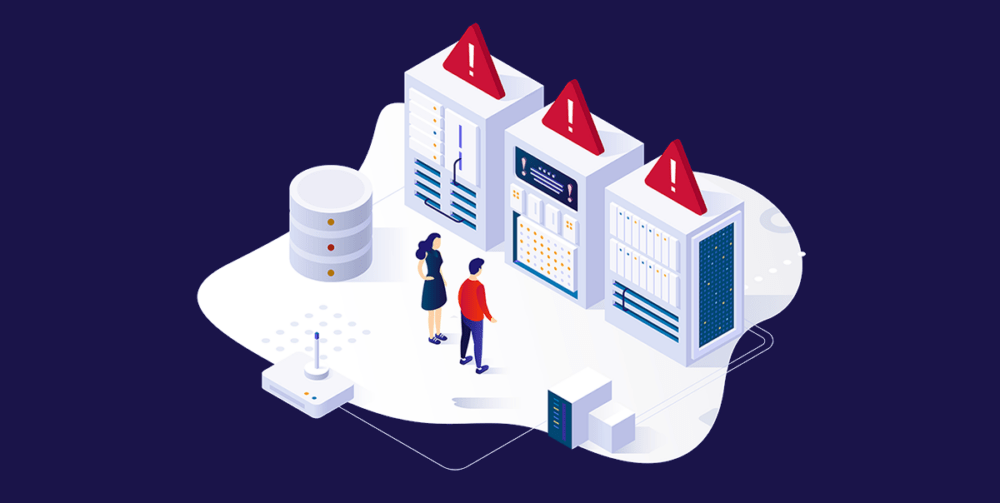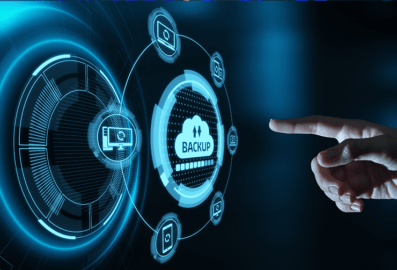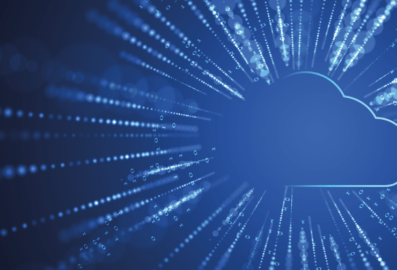What is disaster recovery as a service (DraaS)?
Disaster Recovery (DR) is a critical component of any organisation’s IT infrastructure and IT operations. As the complexity and volume of data continue to grow, companies are increasingly looking for ways to ensure their data is safe and secure in the event of a disaster.
Disaster recovery as a Service (DraaS) is emerging as an effective way to increase DR readiness and ensure data is secure and accessible in the event of a disaster. DraaS solutions provide cost-effective, cloud-based data protection and recovery services that allow organisations to quickly and easily recover their data and applications in the event of an outage. DraaS solutions also provide organisations with the ability to test their disaster recovery processes on a regular basis in order to ensure they remain effective. With DraaS, organisations can ensure they are prepared to respond quickly and effectively in the event of a disaster.
Why is disaster recovery readiness so important?
How long could your business keep operating without access to its computers and digital data? Naturally, answers will inevitably vary according to industry and business sector. But in an alarming proportion of businesses, the answer is either ‘not at all’, or ‘only in a rudimentary manner’, answering the phone to ask callers to try again later, say. New business, in short, can’t be booked. Existing customers can’t be served. The stark reality is that in the modern world, business activity is tied extremely closely to reliable access to businesses’ digital data.
Disaster recovery readiness is important. It matters. Disasters in the form of earthquakes, hurricanes and armed conflicts, we see these in the news, regularly, causing disruption to any businesses in harm’s way. But disasters also come in the form of less dramatic IT disruption, sometimes from floods and fires affecting data centres or on-site servers, sometimes from infrastructure failings, and sometimes from malicious attacks, simple accidents, configuration errors, or user actions.
And whatever the cause, it’s tempting to think that these are things that will always impact other businesses, somewhere else. Tempting, but mistaken: wishful thinking is no protection. Disasters do happen, and in their aftermath, a significant proportion of businesses are so badly affected that they ultimately permanently close.



